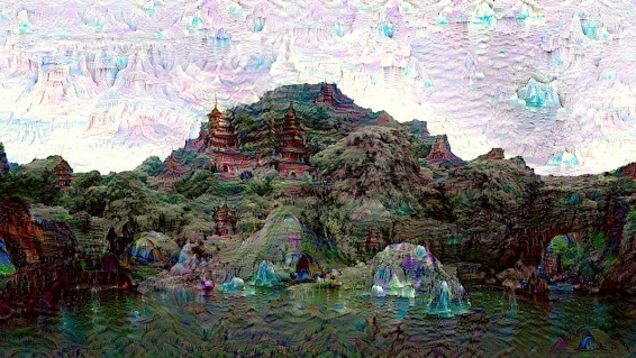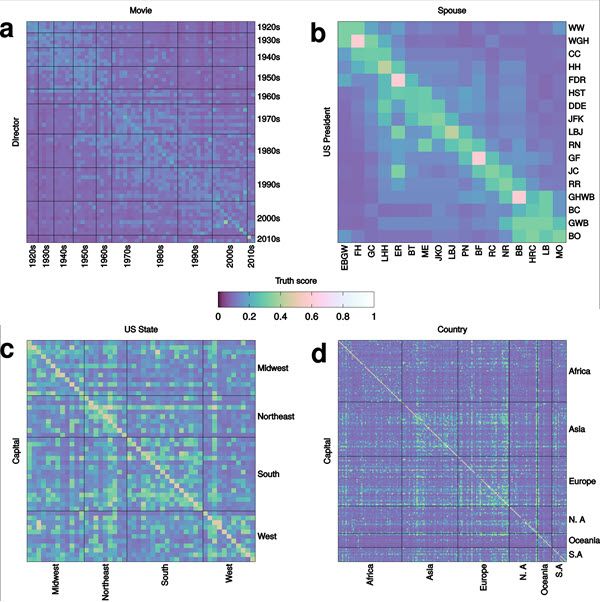After Spencer Kimball left Google, he found himself missing some of the custom-built software the company uses internally. So he and a bunch of fellow ex-Googlers started building their own. And now they want to make it available to everyone to power the next Google or Facebook.
Specifically, Kimball wanted something like Google’s database system Spanner. Spanner is designed to juggle data between potentially millions of database servers, a tool that keeps Google’s services online even if several servers, or an entire datacenter, go offline. While few companies need to operate at quite the scale Google does, the ability to stay online even if many systems fail, and to automatically balance resources between servers, would be useful to many other companies. Read more







